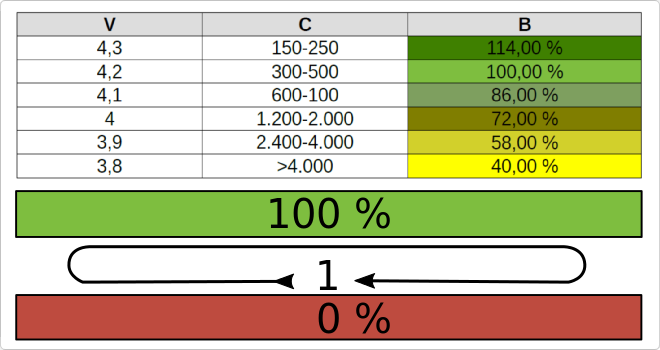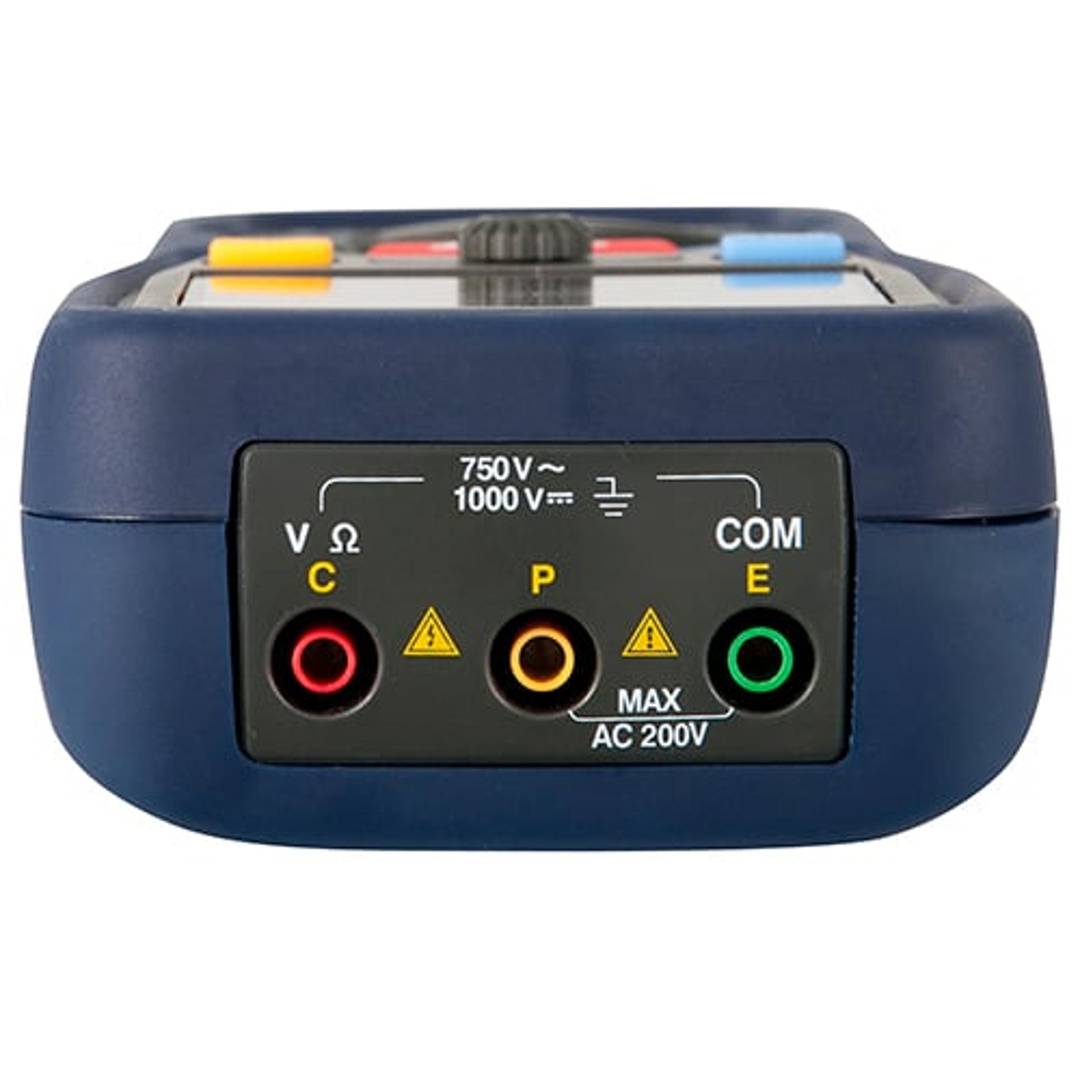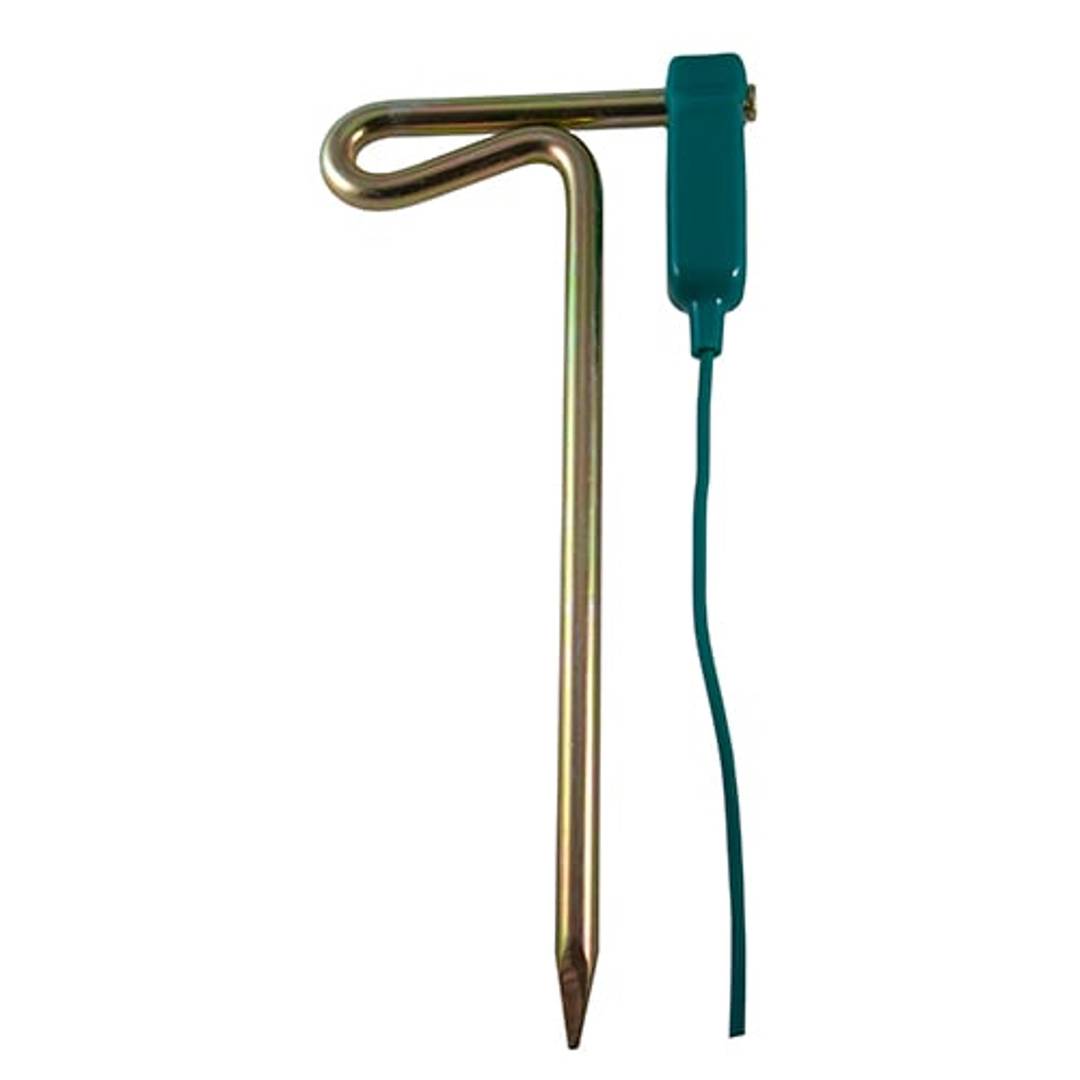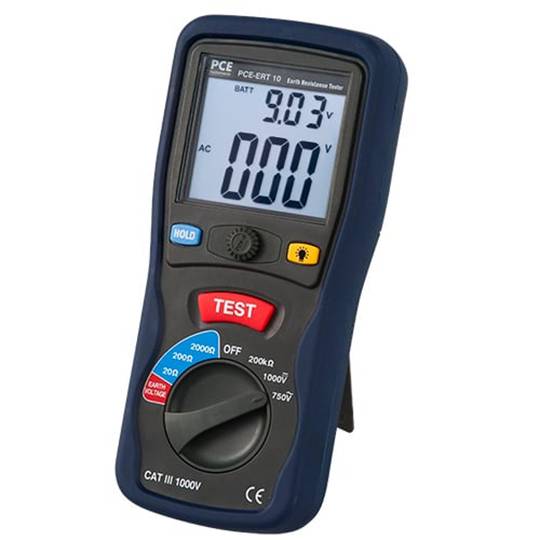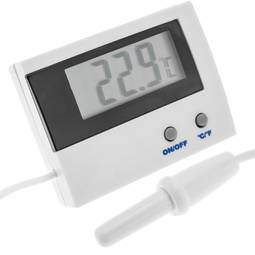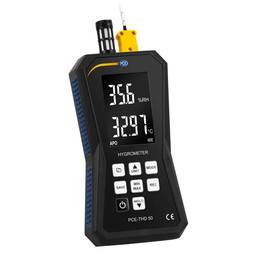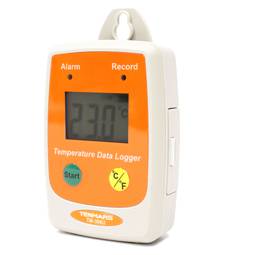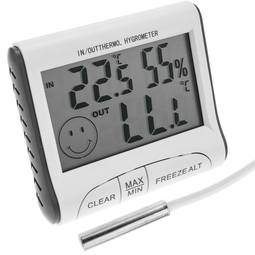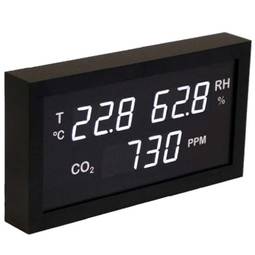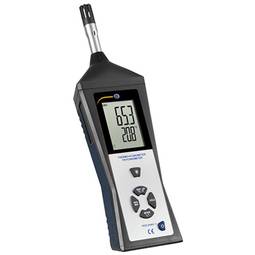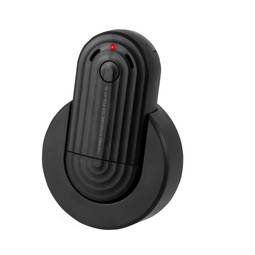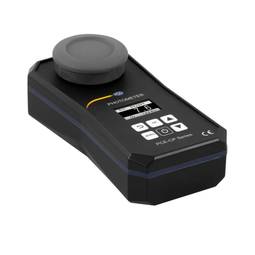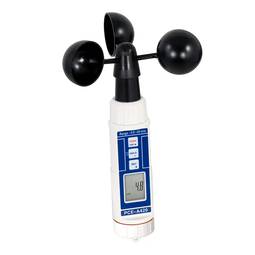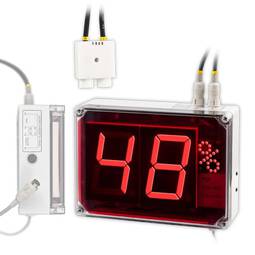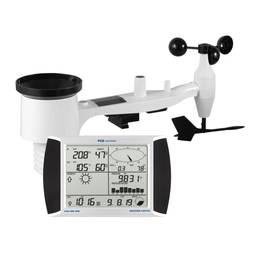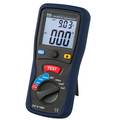12/28/2025 7:44 a.m.
https://cablematic.com/en/products/tellurometer-pce-ert-10-PC530/
https://cablematic.com/en/products/tellurometer-pce-ert-10-PC530/
Tellurometer PCE-ERT 10
REF: PC530
Specifications
- Tellurometer to determine the resistance against earth up to 2000.
- Earth voltage measurement.
- CAT III 1000V.
- Large LCD display with backlight.
- AC and DC voltage measurement.
PVP
€172.89
Price including VAT:
€172.89
PVD
€160.97
PVP: Retail price.
Check conditions.
PVP: Sale price to distributors.
Check conditions.
6 business days
The delivery times are approximate and may vary depending on the selected carrier.
warranty
returns
safe
Specifications
- Tellurometer to determine the resistance against earth up to 2000.
- Earth voltage measurement.
- CAT III 1000V.
- Large LCD display with backlight.
- AC and DC voltage measurement.
Keywords
Did not find what you were looking for? These topic could help you
More info
The tellurometer is designed for use in environments with a CAT III 1000 V safety level. This means that this tellurometer can be used in environments with a voltage of up to 1000 V with respect to earth. The tellurometer is a useful tool for determining the resistance to earth, as it allows you to make fast and precise measurements with an accuracy of up to 2000. The large LCD display with backlight indicates in addition to the current measurement value also the voltage of the battery, allowing you to better estimate battery status. The tellurometer is delivered with a transport bag, in which all the accessories are included, as well as the pegs. Manufactured by PCE, with reference PCE-ERT 10.
Specifications
- Tellurometer to determine the resistance against earth up to 2000.
- Earth voltage measurement.
- CAT III 1000V.
- Large LCD display with backlight.
- AC and DC voltage measurement.
- Includes test leads and spikes.
- Carry bag to store all accessories.
- Gross Weight: 2.658 kg
- Number of packages: 1
Technical terms
- Battery charging cycles
Battery charging cycles
When calculating the life of a battery it will be necessary to know the number of charge cycles that can be performed until the battery does not begin to lose its capacity.
Depending on the type of battery these charging cycles can vary, the most common being the mobile batteries, manufactured Li-Ion or Li-Po, which have a duration of between 300 and 500 charging cycles according to model and manufacturer.
Once thisE limit we will notice how the battery loses duration of operation, arriving to lose up to 25% of its capacity of load.
At this point it will be necessary to evaluate a battery change.
It should be noted that usage and charging habits can significantly affect battery life. For example, factors such as heat, charge the battery several times a day without it is almost exhausted, etc. Will be affectedits duration.
Therefore, to get the most out of the battery we must know when a full charge cycle is performed, and try to avoid misuse of charge, to increase its useful life.
A charging cycle is considered when the battery has been discharged or its 100% charge has been used.
The manufacturers advise that the charge is never made below the 58% battery, since the battery voltage would not fall so lowTo, so you could end up winning up to 4000 charge cycles.
Tips to increase the life of a battery.
Depending on the type of battery these charging cycles can vary, the most common being the mobile batteries, manufactured Li-Ion or Li-Po, which have a duration of between 300 and 500 charging cycles according to model and manufacturer.
Once thisE limit we will notice how the battery loses duration of operation, arriving to lose up to 25% of its capacity of load.
At this point it will be necessary to evaluate a battery change.
It should be noted that usage and charging habits can significantly affect battery life. For example, factors such as heat, charge the battery several times a day without it is almost exhausted, etc. Will be affectedits duration.
Therefore, to get the most out of the battery we must know when a full charge cycle is performed, and try to avoid misuse of charge, to increase its useful life.
A charging cycle is considered when the battery has been discharged or its 100% charge has been used.
The manufacturers advise that the charge is never made below the 58% battery, since the battery voltage would not fall so lowTo, so you could end up winning up to 4000 charge cycles.
Tips to increase the life of a battery.
- Avoid extreme heat or cold or very long applications of the device.
- Charge the battery as often as you can.
- Fully discharge the battery from time to time.
- Do not let the battery run out completely before charging.
